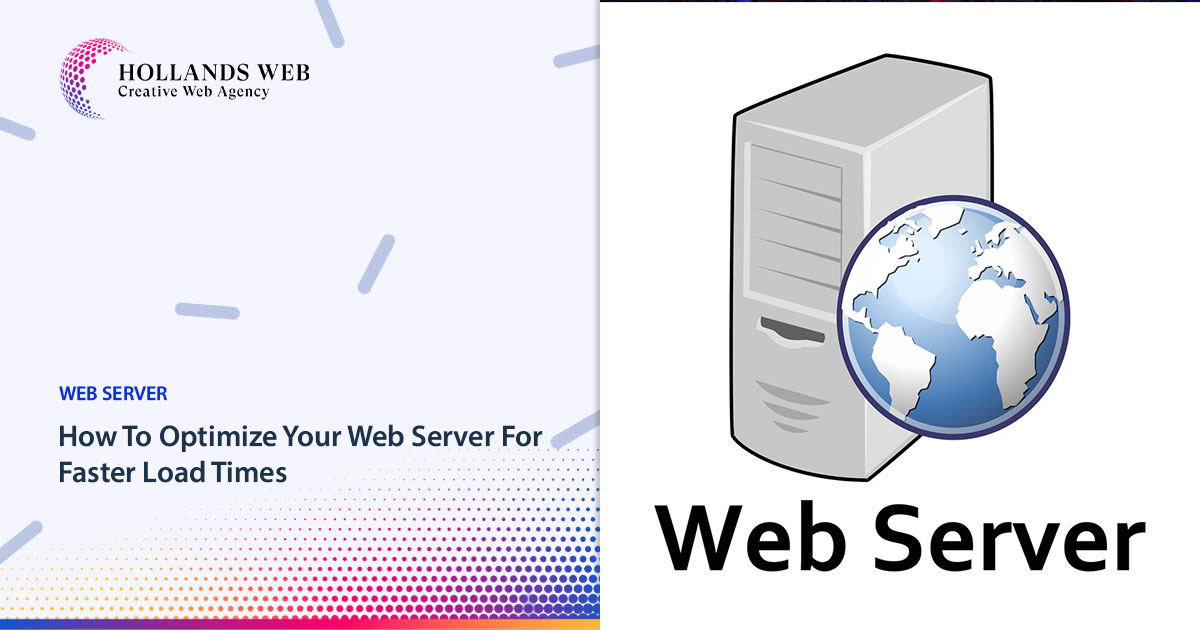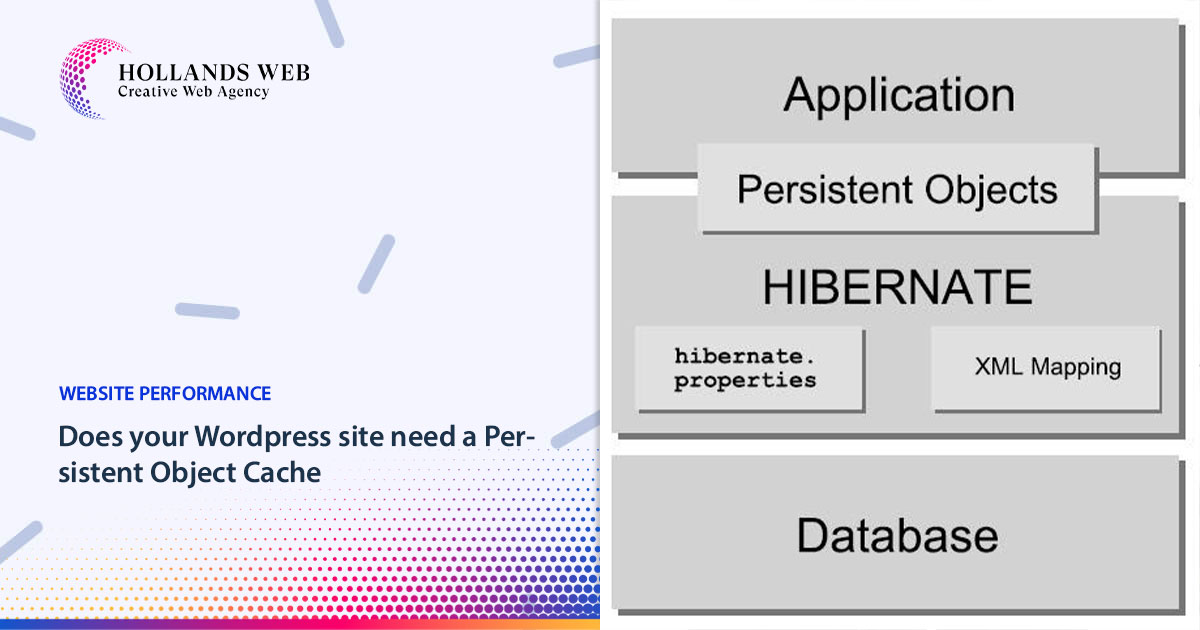No products in the cart.
You can improve your server’s overall performance and speed by optimizing it. Numerous companies employ a range of strategies to optimize their servers and guarantee that they satisfy the functional, accessible, and available requirements of their websites. The primary features of a website are directly impacted by server optimisation, but how does it operate?
Below, we’ll examine server optimization in detail, going over its advantages, important methods, and practical advice to get you started.
Explaining Server Optimization
Server optimization is the collective term for a set of procedures designed to improve a server’s overall speed, overall performance, data processing efficiency, and application configuration. Businesses can create and manage an optimally performing application delivery network by employing specific optimization techniques.
Physical hardware stabilization in the data centre combined with server virtualization is one of the best practises for server optimization.
There are several ways to optimize a web server for faster load times. Here are some tips:
1. Optimize images:
Large image files can significantly slow down a website. You can optimize images by reducing their size, compressing them, and using the appropriate image format.
2. Use a Content Delivery Network (CDN):
A CDN can distribute your website content across multiple servers located in different geographic locations, reducing the distance that data has to travel to reach your visitors. This can greatly improve your website’s loading times.
3. Minimize HTTP requests:
Each HTTP request made by a visitor’s browser to your server takes time. Minimizing the number of HTTP requests can speed up your website’s loading time. You can do this by combining CSS and JavaScript files, reducing the number of images on a page, and using CSS sprites.
4. Enable Compression:
Compression can reduce the size of the files that are sent from your server to a visitor’s browser, resulting in faster load times. Enabling compression is usually as simple as adding a few lines of code to your web server’s configuration file.
5. Use Caching:
Caching allows a visitor’s browser to store a copy of your website’s files locally, reducing the number of requests that need to be made to your server. You can set up caching by adding caching headers to your server’s response.
6. Optimize your server’s configuration:
You can optimize your server’s configuration by tuning settings like the number of worker threads, memory allocation, and network settings to better suit the needs of your website.
Conclusion
By following these tips, you can significantly improve the load times of your website and provide a better experience for your visitors. we’re here as a web agency to advise you to use Cloudflare who is a global network designed to make everything you connect to the Internet secure, private, fast, and reliable.






 Web Hosting
Web Hosting Web Designs
Web Designs Graphic Design
Graphic Design SEO
SEO Digital Marketing
Digital Marketing